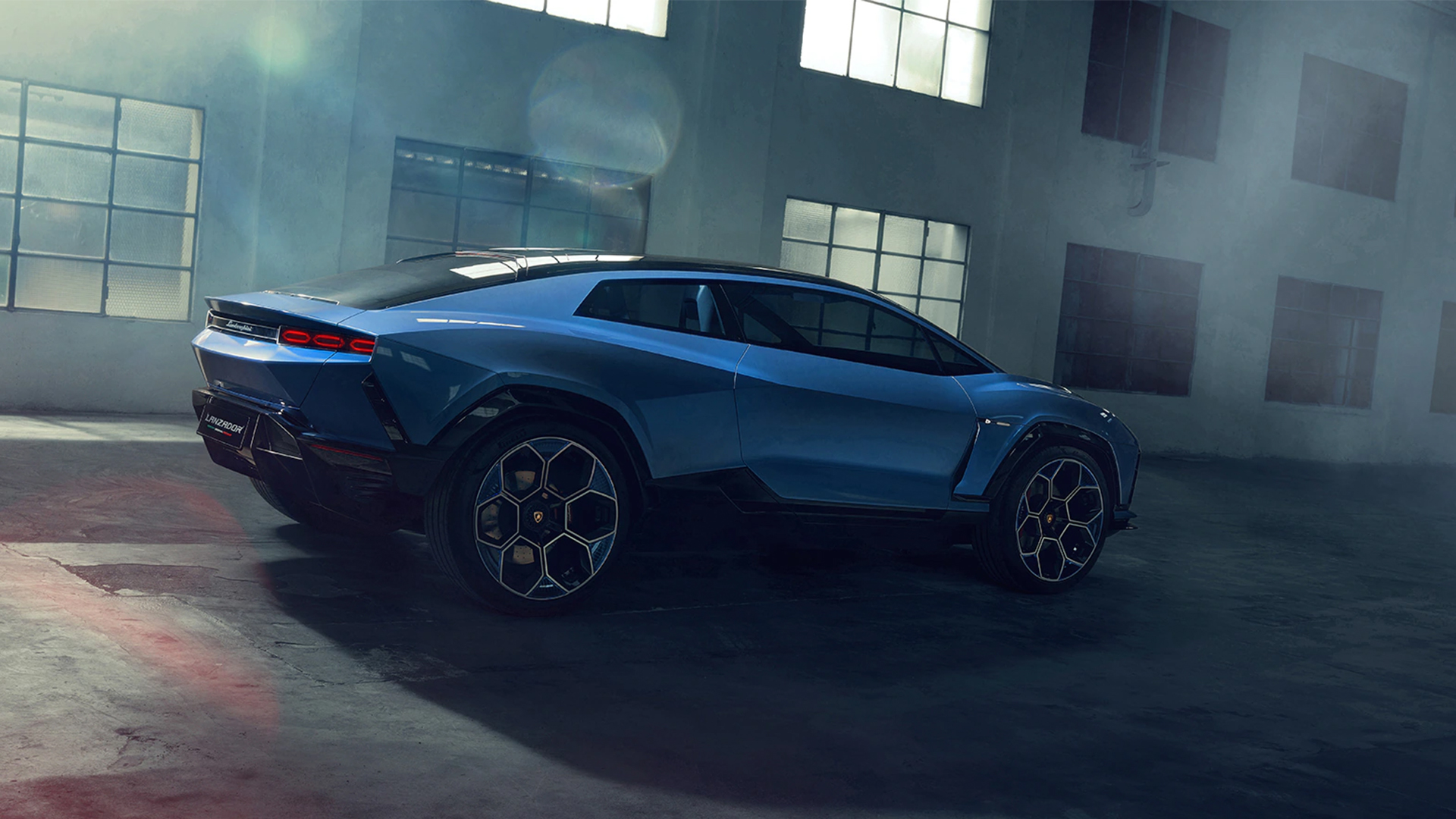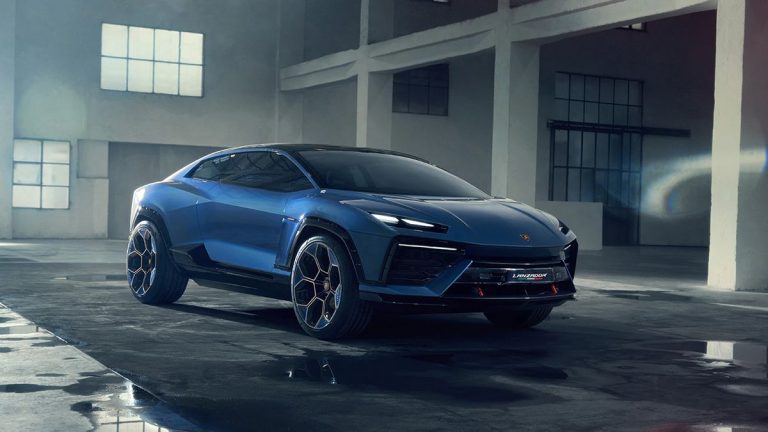Thanks to new research conducted by the Massachusetts Institute of Technology (MIT), which was partly funded by Lamborghini, we could soon see the end of the hard-to-obtain and often problematic rare metal materials that appear in future electric car batteries.
The goal of the MIT study was to replace cobalt and nickel, which are commonly used as cathodes in today's lithium-ion battery technology, with organic materials that can be produced at a much lower cost. This would also reduce the impact on the planet and deliver electricity at rates similar to cobalt batteries.
“I think this material can have a big impact because it works really well,” explains Mircea Dinka (W.M. Keck Professor of Energy at MIT) in a post on the MIT blog.
“It's really competitive with existing technologies, and it can save a lot of the costs, pain and environmental issues of mining the metals that currently go into batteries,” Dinka adds.
Cobalt is the main focus of the study, as the rare metal is not only difficult and dangerous to mine but is also problematic because much of the world's cobalt deposits are located in politically unstable countries. This also causes costs to fluctuate on a regular basis, which is part of the reason why electric cars are so expensive today.
The research, which lasted for six years, culminated in a new organic material that could be a direct substitute for cobalt and nickel.
According to details recently released by MIT, this material consists of several layers of TAQ (bis-tetraaminobenzoquinone), a small organic molecule containing three fused hexagonal rings.
It's a complicated topic for those who don't wear lab coats for a living, but these TAQ layers can extend outward in every direction, forming a structure similar to graphite.
Within the molecules are chemical groups called quinones, which are electron reservoirs, and amines, which help the material form strong hydrogen bonds, which ensure it does not dissolve in the battery electrolyte (something that previously spoiled organic cathode compounds). Thus prolonging battery life.
Performance batteries for high-performance cars

It's no surprise that Lamborghini would license the patent on this technology, as it has funded the research and has a certain high-performance Lanzador electric car in production.
The researchers say tests of the material revealed that its conductivity and storage capacity were similar to those found in conventional cobalt-containing batteries. Batteries with a TAQ cathode can also charge and discharge faster than existing batteries, which can speed up the charging rate of electric vehicles.
This fast rate of charging and discharging could help give something like Lamborghini's Lanzador a performance advantage, while ultra-fast charging capabilities would eliminate the need for long charging stops – something the Italian marque's discerning customers are likely to object to.
However, Lamborghini is also part of the wider Volkswagen Group, and since the raw materials needed to manufacture this type of cathode are already commercially available and are mass-produced as commodity chemicals, we may see battery technology filter down to more affordable electric vehicles in the future year.
You may also like

